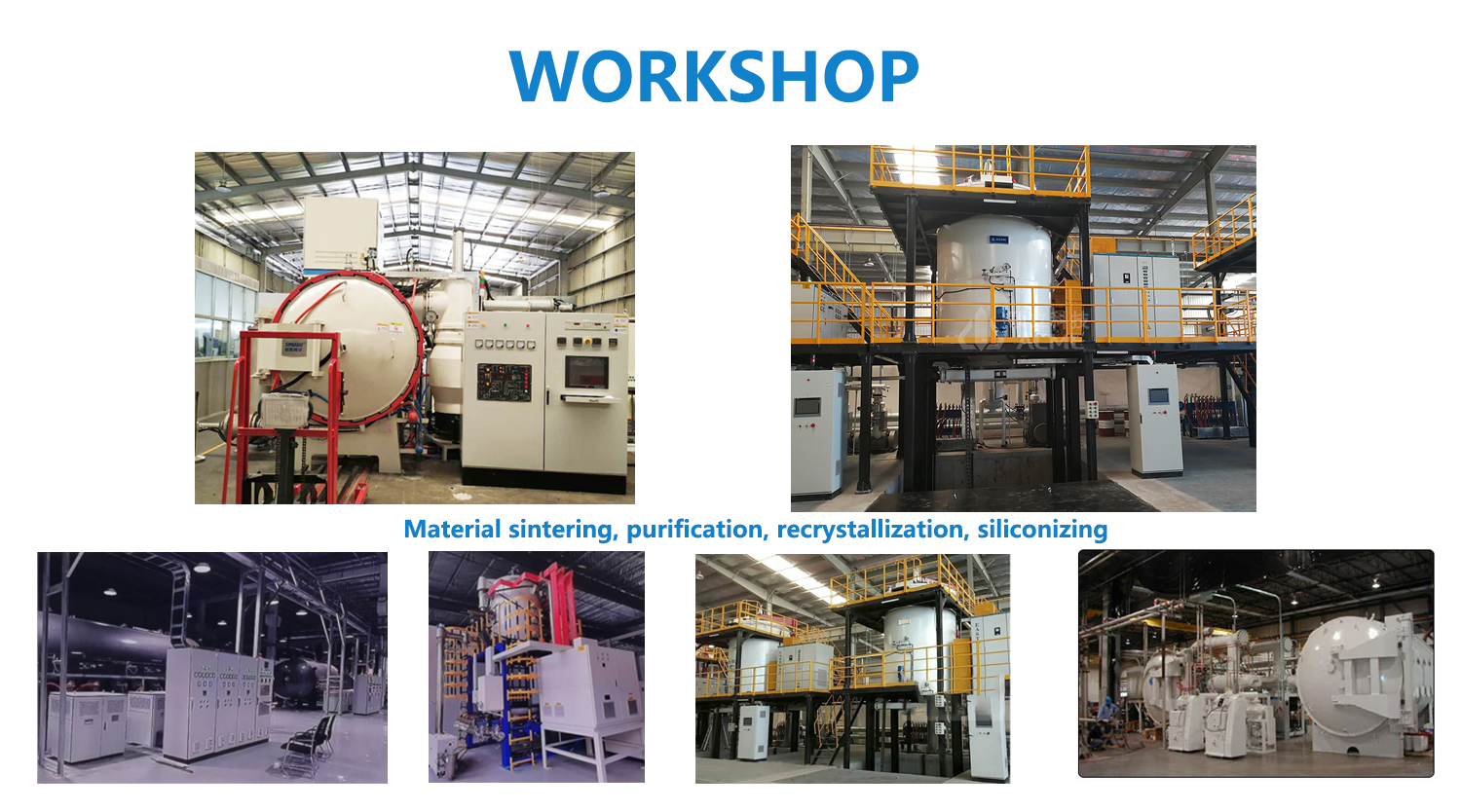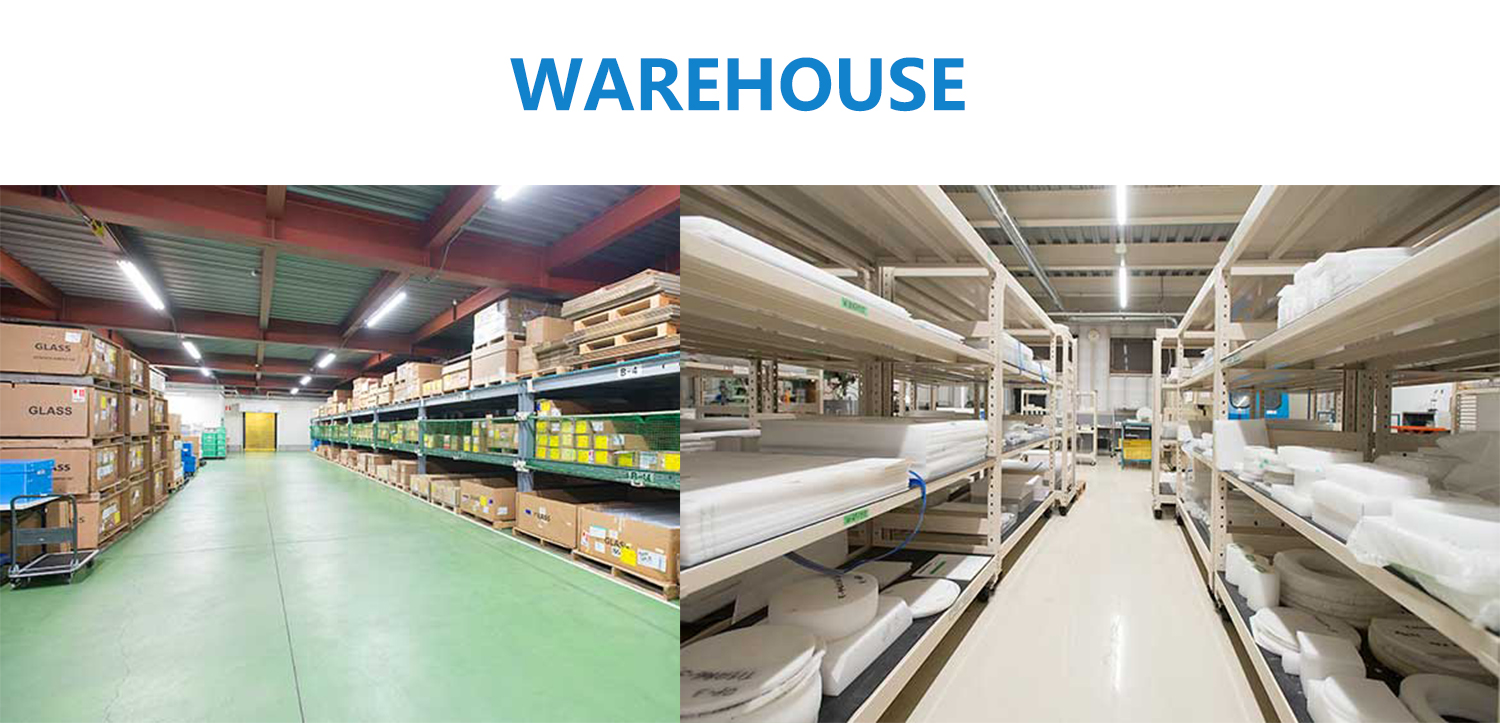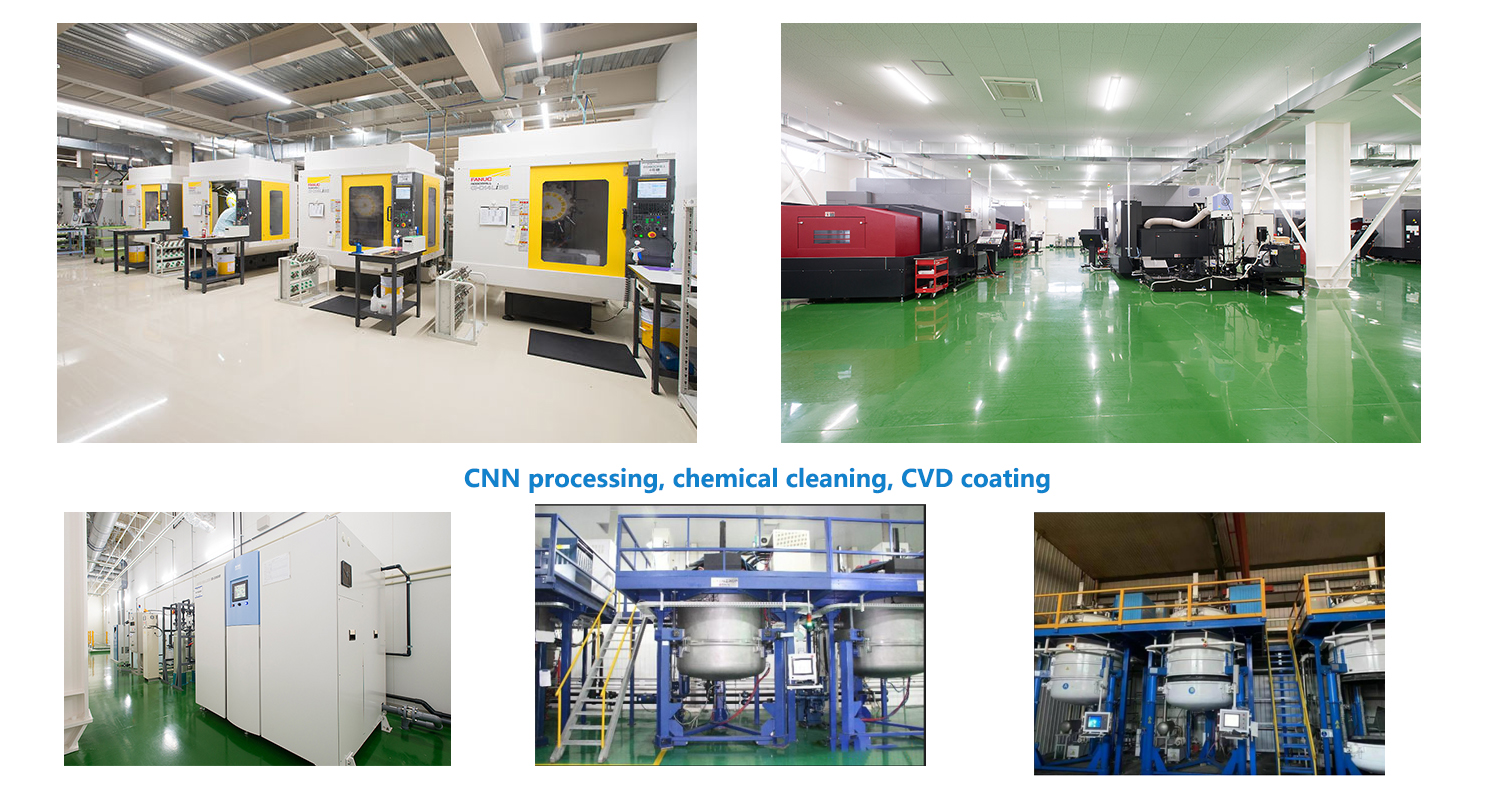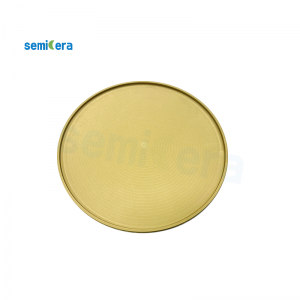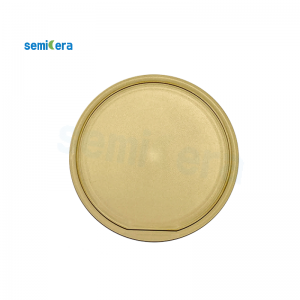TaC coating is an important material coating, which is usually prepared on a graphite base by metal organic chemical vapor deposition (MOCVD) technology. This coating has excellent properties, such as high hardness, excellent wear resistance, high temperature resistance and chemical stability, and is suitable for various high-demand engineering applications.
MOCVD technology is a commonly used thin film growth technology that deposits the desired compound film on the substrate surface by reacting metal organic precursors with reactive gases at high temperatures. When preparing TaC coating, selecting appropriate metal organic precursors and carbon sources, controlling reaction conditions and deposition parameters, a uniform and dense TaC film can be deposited on a graphite base.
Semicera provides specialized tantalum carbide (TaC) coatings for various components and carriers. Semicera leading coating process enables tantalum carbide (TaC) coatings to achieve high purity, high temperature stability and high chemical tolerance, improving product quality of SIC/GAN crystals and EPI layers (Graphite coated TaC susceptor), and extending the life of key reactor components. The use of tantalum carbide TaC coating is to solve the edge problem and improve the quality of crystal growth, and Semicera has breakthrough solved the tantalum carbide coating technology (CVD), reaching the international advanced level.
After years of development, Semicera has conquered the technology of CVD TaC with the joint efforts of the R&D department. Defects are easy to occur in the growth process of SiC wafers, but after using TaC, the difference is significant. Below is a comparison of wafers with and without TaC, as well as Simicera' parts for single crystal growth.
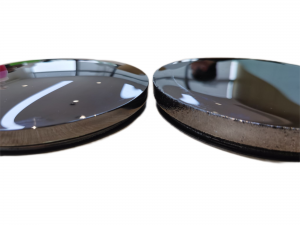
with and without TaC
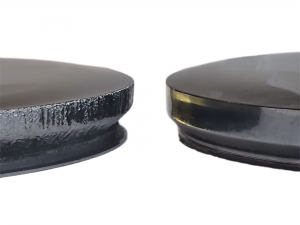
After using TaC (right)
Moreover, Semicera's TaC-coated products exhibit a longer service life and greater high-temperature resistance compared to SiC coatings. Laboratory measurements have demonstrated that our TaC coatings can consistently perform at temperatures up to 2300 degrees Celsius for extended periods. Below are some examples of our samples:



